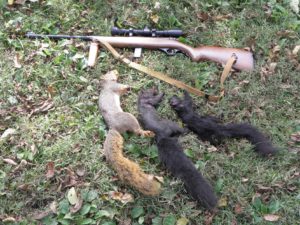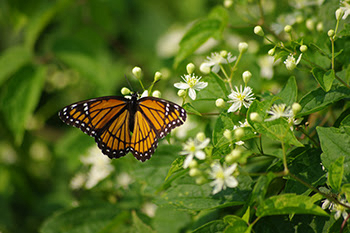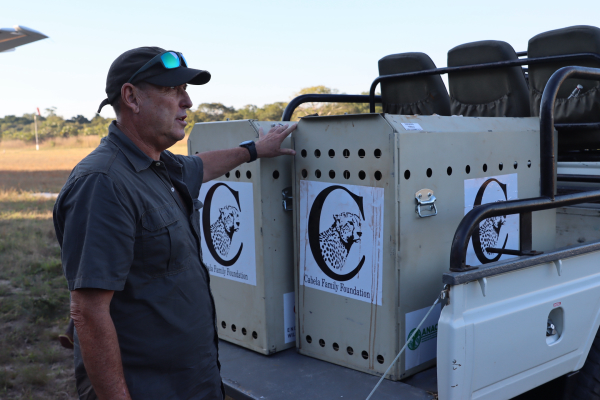Yamaha Pledges $500K, Urges All to Get Outdoors on September 24
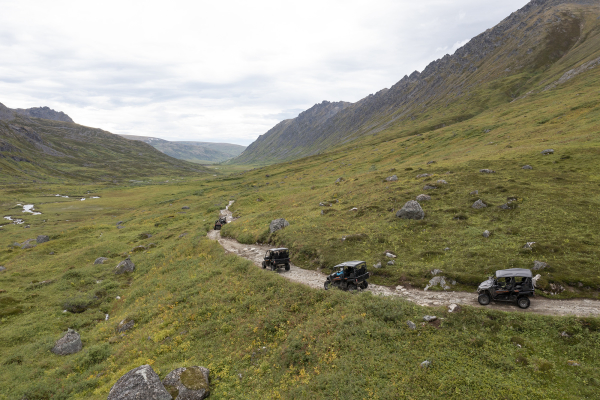
Yamaha Outdoor Access Initiative Celebrates National Public Lands Day and National Hunting and Fishing Day
MARIETTA, Ga. – Yamaha Motor Corp., USA, is encouraging people to get outside and enjoy the outdoors on Saturday, September 24, 2022, in honor of National Public Lands Day and National Hunting and Fishing Day (NHF Day). In recognition of these events, the Yamaha Outdoor Access Initiative (OAI) is renewing its annual pledge to commit $500,000 to organizations supporting access to land for outdoor recreation and encouraging applications for grants before the next quarterly deadline on September 30.
National Public Lands Day invites volunteers nationwide to help restore and preserve public lands – from national parks to local urban green spaces – directly aligning with Yamaha OAI’s goal of protecting public lands for outdoor recreation. To date, the Yamaha OAI program has contributed over $5 million in funding and equipment across more than 425 projects in the last 14 years to assist outdoor recreationists working to protect and improve access to public land and educate everyone on safe, sustainable recreational use. Yamaha OAI has proven to be the industry’s most reliable partner and a significant resource for those who depend on access to public land for work and play.
Additionally, on September 24, National Hunting and Fishing Day is celebrating its 50th anniversary. NHF Day events are organized each year by Wonders of Wildlife to spread awareness of the conservation and economic benefits, as well as traditions and values of hunting and fishing. Yamaha OAI is a founding partner of Wonders of Wildlife’s Live It! program and a supporter of its efforts to expand NHF Day events across the country. These events play a significant role in expanding awareness of the issues facing public access and outdoor recreation, and the Live It! program supports local conservation groups wanting to host or enhance NHF Day events,but are limited in their resources. Read more



